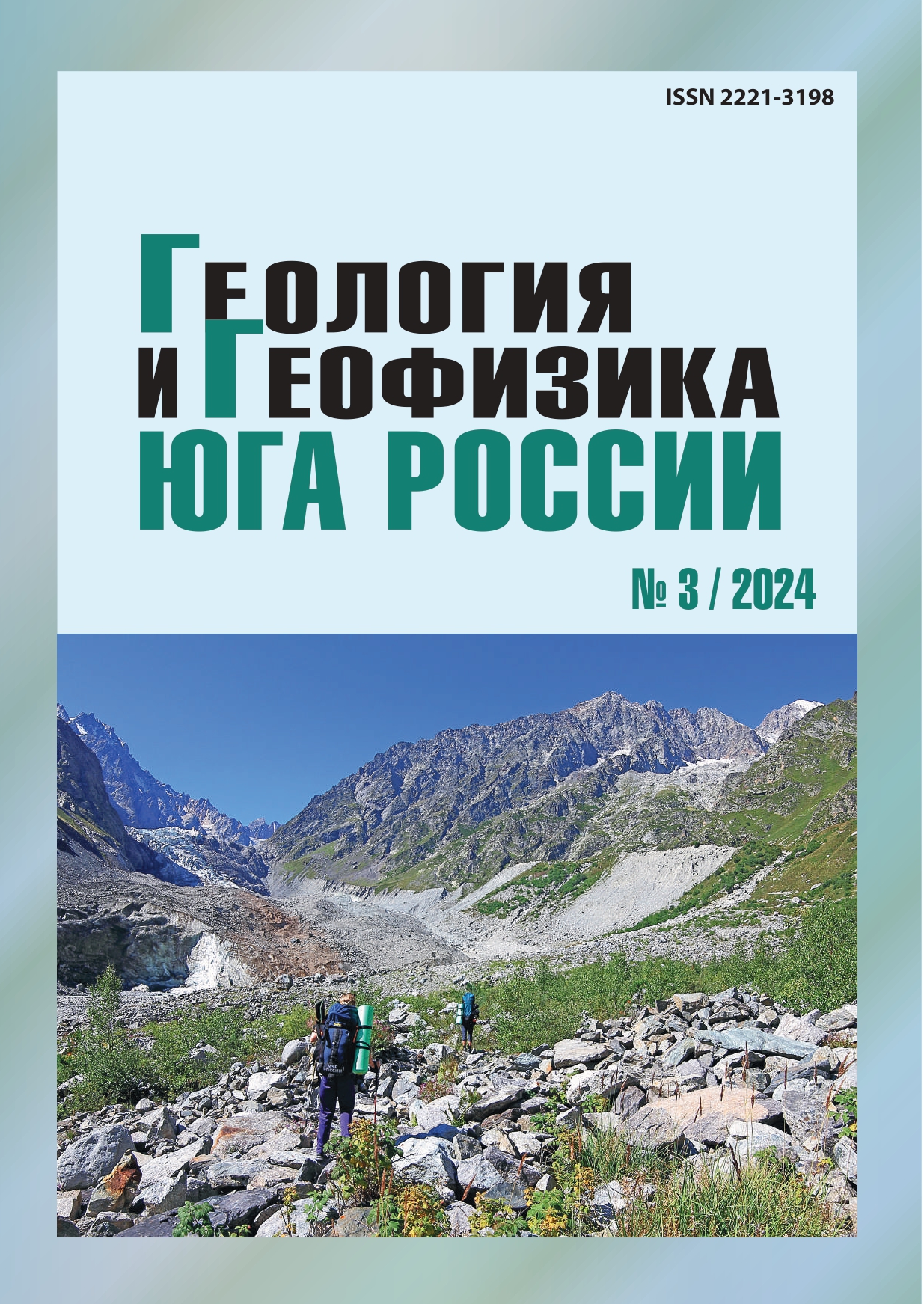Recreational zoning of the North-Eastern Caucasus
Abstract
The relevance of the work is determined by the need to analyze the spatial differences of tourism and recreational activities at the municipal and regional levels in connection with the development of tourism in the North-Eastern Caucasus. The aim of the work is recreational zoning of the territory of the North-Eastern Caucasus based on the analysis of tourism and recreational potential, spatial organization of recreational networks, transport accessibility and recreational development. Methods of analysis and synthesis of the results of previously conducted research, content analysis, comparative, statistical and cartographic. The map-scheme of the proposed zoning is made using CorelDRAW program by synthesizing maps of the North-Eastern Caucasus: administrative, landscape, geomorphological, tourist, location of health resort organizations and density of the road network at the municipal level. Results. An analysis of the works of Russian and foreign scientists devoted to the issues of recreational zoning and zoning of the territory has revealed many approaches to determining zoning criteria, depending on the designated goals, the scale of the territory under study, the localization of resource potential etc. The conducted research allowed us to identify six recreational districts in the North-Eastern Caucasus, which differ in many characteristics (geographical location, landscape structure, provision with tourism and recreational potential, transportation accessibility, provision of the population with recreational facilities). Priority directions of tourism and recreation development are justified for each recreational area. The widest set of varieties of tourist and recreational activities (both existing and prospective) is found in the highland recreational district, where it is to some extent limited by the low level of transport accessibility, and the least - in the lowland (semi-desert) district. Primorsky recreational district is favorably distinguished by the greatest provision of tourist infrastructure, recreational development and opportunities for the development of sea and health tourism. The obtained results can contribute to the solution of current problems of tourism industry development, as well as find application in the development of tourism development strategies in the regions of the North-Eastern Caucasus.


